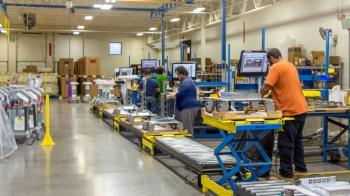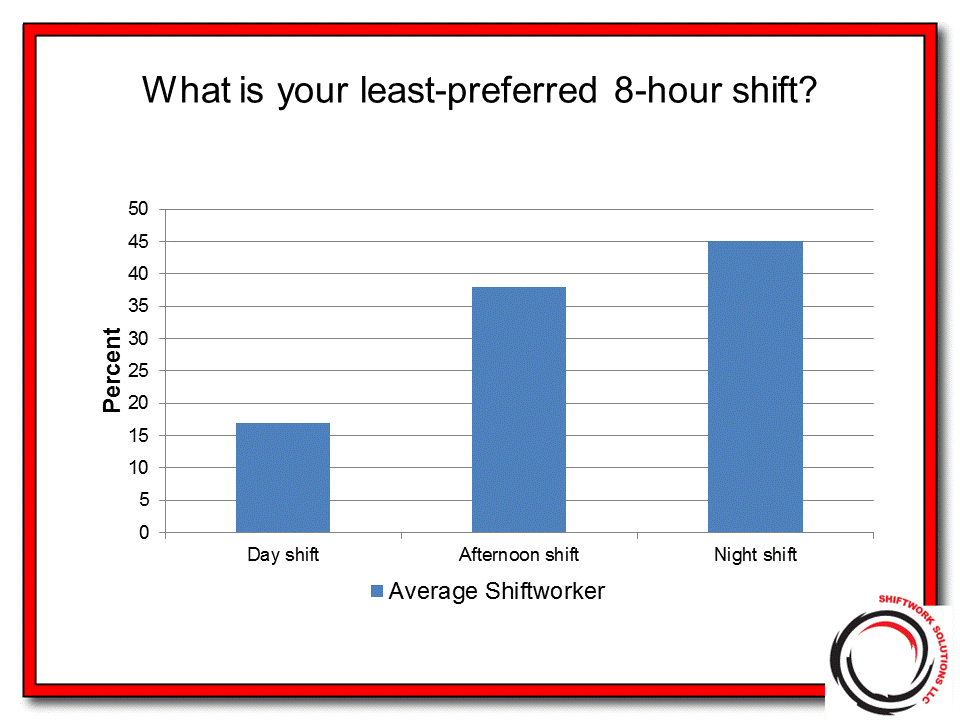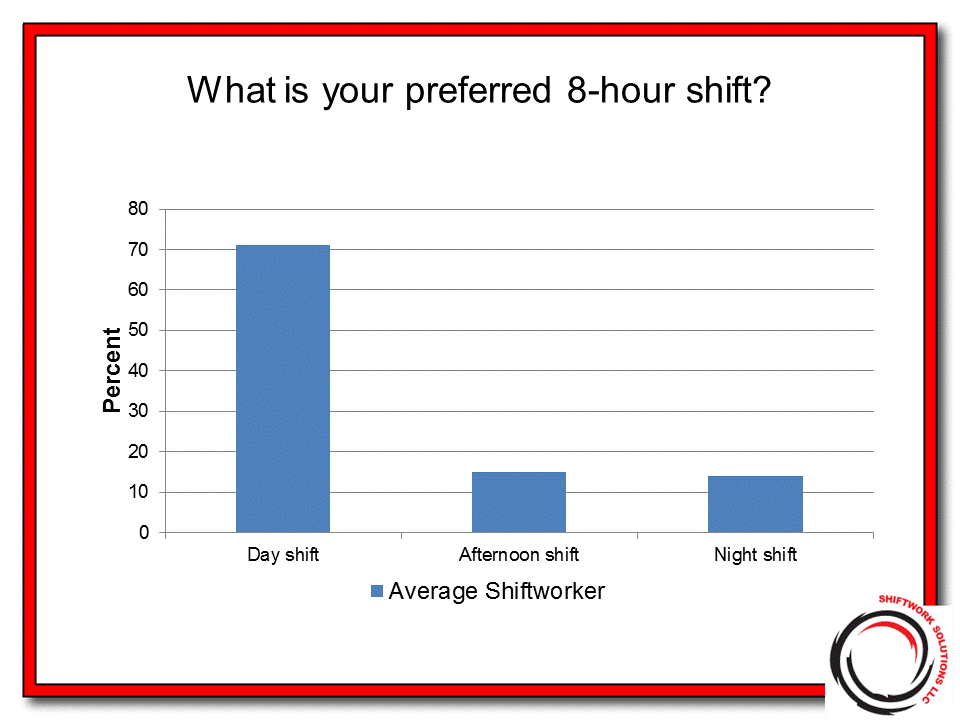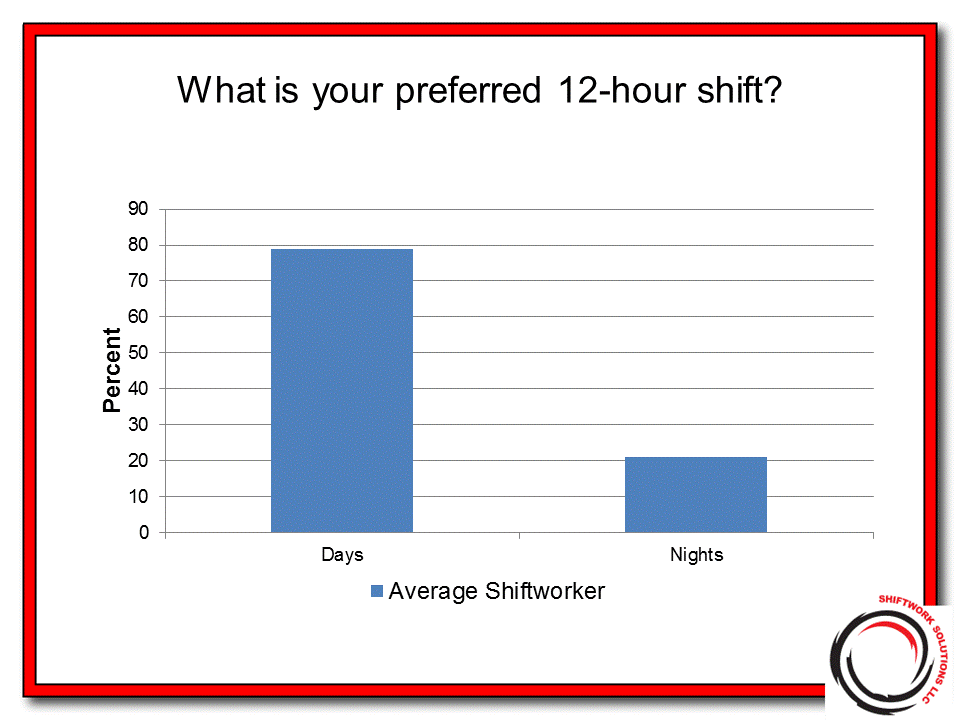How to maintain the right amount of coverage and minimize the costs
by Dan Capshaw & Bruce Oliver- Shiftwork Solutions LLC

Does the demand for your company’s product(s) follow a seasonal pattern or exhibit other periodic variations? As long as the changes in demand are not “permanent,” there is no reason to hire enough employees to cover the peak workload requirements. If you did, you would have to either lay them off when demand dropped, or retain and pay them during periods when they were not needed. Paying for this “idle” time can be very expensive.
Here are four options frequently used to maintain the right amount of coverage and minimize the costs:
- Planned overtime
- Temporary employees
- Discretionary work management
- Planned time-off management
Planned Overtime
Planned overtime is the most flexible option of the four. It allows you to vary the coverage from a fixed number of employees. Although the overtime is usually paid at a higher rate, it is not an on-going cost. You pay for it only when the extra capacity is needed. Thus the incremental cost of increasing coverage is relatively small.
When you hire more employees, the added cost includes both wages and benefits, and you pay these “loaded” wages even when the workload drops and the people are no longer needed.
This means you can minimize your costs by covering the majority of the workload variations with overtime.
The major drawback comes from higher levels of overtime over an extended time period. When overtime exceeds 20% of the total hours for a sustained period, it can have adverse effects on morale, safety, and productivity.
Temporary Employees
Fortunately, overtime is not the only mechanism that we can use to match the coverage to varying production demands. Another alternative is to use temporary and contract labor to cover 10% or more of the labor required to run a typical manufacturing organization. While the problems associated with using temporary labor are well documented, the ability to economically flex up and down by 10% without affecting the rest of the workforce should not be ignored.
Discretionary Work Management
Another way to address variable workloads is to use discretionary work (such as training) to fill in for the slow periods. Discretionary work needs to be done at some point during the year, but its timing can be matched to the availability of resources to perform that work.
Suppose you have a significant drop in demand around the holiday period in December and January. These months would be an ideal time to build in some extra training. In fact, this is an ideal time to hold training that is best done when the entire crew needs to be together.
Other discretionary work, such as special maintenance or cleaning activities, can also be scheduled for these slow periods. One of the goals of discretionary work during slow periods is to convert potential idle time into productive time. Using “busy work” to fill idle time will not reduce operational coverage costs unless that work must be done to keep the plant operational.
Depending on how much discretionary work exists, it may be worthwhile to increase staffing slightly to allow more unassigned time to perform the discretionary work. The risk of doing this is that when the discretionary work cannot be matched to the built-in idle time, costs rise.
Planned Time-off Management
Employees take planned time-off for vacations and floating holidays. This time-off typically is more than 5% of an employee’s scheduled work hours over the course of a year. During peak production periods, employees taking time off are usually replaced by other employees working overtime. During non-peak periods, there is no need to use overtime to replace these absences, so idle time is reduced.
The objective of managing this planned time-off is to encourage personnel to take their time-off during slow seasons, and not to take it off during periods of peak production. Three ways to do this are:
- Restrict the number of people that can be on vacation at any one time. During peak production demand seasons, time-off controls can be tighter than they are during the non-peak seasons. This effectively shifts planned time off to the non-peak seasons.
- Schedule plant shutdowns during the slow months and require unnecessary personnel to take a vacation. This uses up vacation, reduces production hours, and allows for maintenance to be performed.
- Schedule personnel to take a vacation even if the plant is operating. In other words, if employees have not chosen a vacation time that meets the business needs, schedule it for them (with their input). This allows management to substitute vacation hours for idle hours.
For all three of these methods, the biggest risk lies in the employees believing that their time-off is restricted for arbitrary reasons. Therefore, when one or more of these methods is used, management needs to carefully explain why the needs of the business require time-off to be managed. Equal application of the planned time-off management techniques will reinforce the message that the rules are established to help manage seasonal workload and other business issues.
Managing planned time-off effectively can allow you to increase staffing so that more work is performed on straight time and less on overtime. Like discretionary work management, if planned time-off is not managed effectively, it can exacerbate the variable workload problem.
Summary
To summarize, the best practices for managing variable workloads are to:
- Use overtime to cover the majority of workload variability that exists.
- Use a 10% buffer of temporary employees to flex your capacity up and down to match the changing workload (but only if the skill requirements allow it).
- Minimize actual idle time by planning discretionary work and training to be performed during the slow periods.
- Manage planned time-off so that more time is taken during slow seasons than during peak demand seasons.
Call Us and We Can Help
Call or text us today at (415) 763-5005 to discuss your operations and how we can help you solve your shift work problems. You can also complete our contact form and we will call you.







